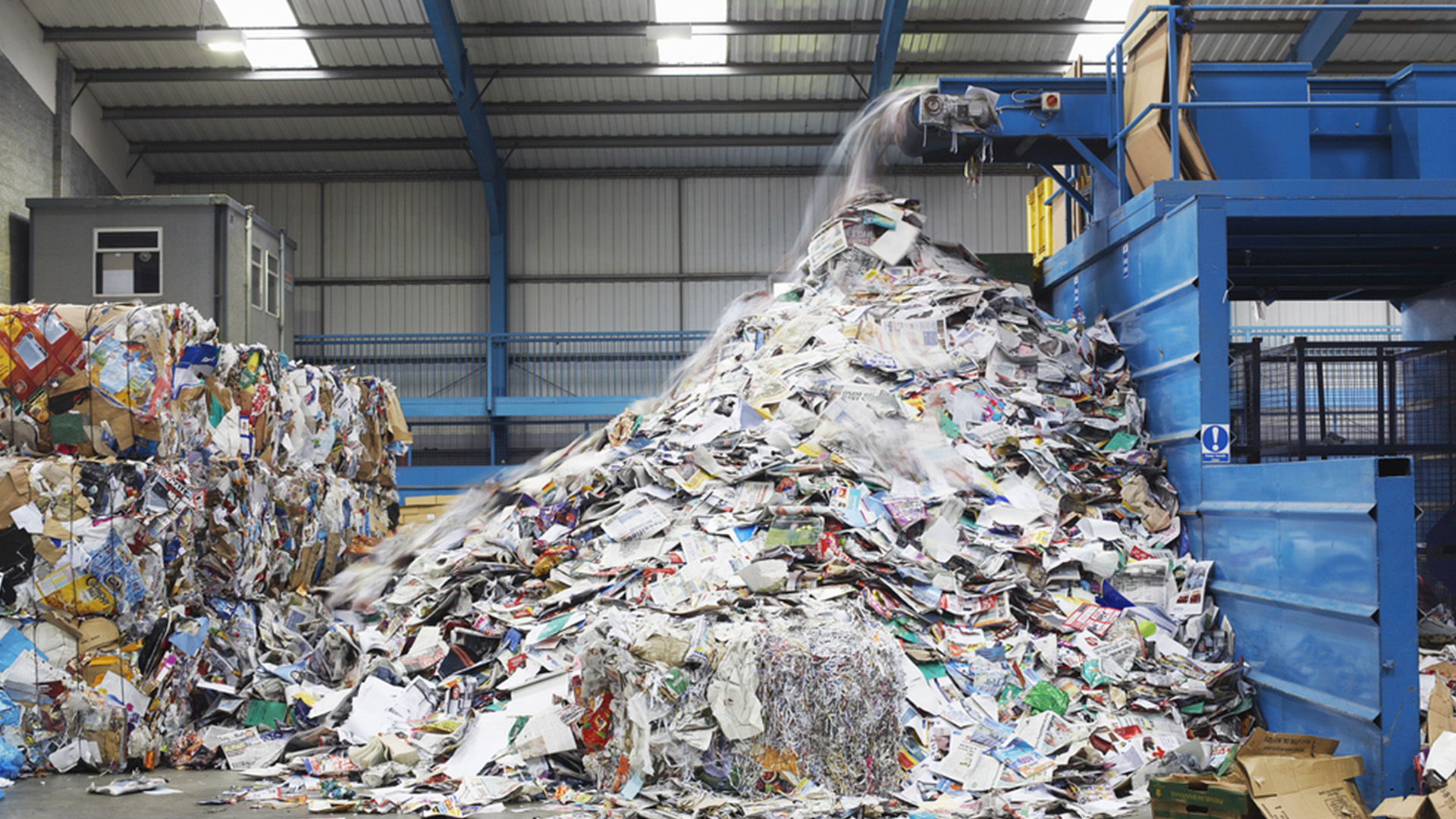
Publication
What M&A trends will transform the 2024 insurance landscape?
It is widely accepted that 2023 was one of the worst years in recent memory for M&A activity.


Australia | Publication | September 2020
The Department of Environment, Land, Water and Planning (DELWP) is currently consulting on two reforms that are set to have wide reaching effects for the waste and resource recovery sector.
DELWP has released and is seeking feedback on the Waste and recycling legislation and governance options paper (Waste Options Paper) which flags a new Waste Authority for Victoria in addition to a new Waste and Recycling Act, both to be established by 2021.
DELWP has also released a draft Buffer Area Overlay (BAO) for consultation which if finalised, could be included in planning schemes in Victoria and applied to areas with a risk of off-site impacts to health and safety caused by industry, including waste facilities. DELWP aims to finalise the overlay this year.
The Waste Options Paper follows the broader Victorian waste policy and action plan Recycling Victoria: A new economy, which was released in February 2020. That policy contained a commitment to develop a new Waste Authority underpinned by the new Waste and Recycling Act (W&R Act).
The W&R Act aims to be a holistic Act for the waste and recycling sector by addressing one of the current deficiencies in the waste regulatory framework, namely that there is no clear entity with overall obligations and responsibility for waste and recycling services.
The primary purpose of the W&R Act will be to achieve two complementary objectives:
The W&R Act will establish a container deposit scheme, state-based product stewardship schemes and a new waste and resource recovery infrastructure plan.
The proposed key governance features of the new Waste Authority include:
The functions of the new Waste Authority will include:
The Waste Authority’s functions will be backed by powers to:
Consultation on the Waste Options Paper closes on 9 October 2020. Stakeholders likely to be affected by the significant reforms proposed by the W&R Act should consider lodging a submission to ensure potential concerns and opportunities are taken into account as part of the review.
The Buffer Area Overlay (BAO) which can be applied in Victorian planning schemes is intended to prevent incompatible use and development within buffer areas of existing or approved industry or other uses (including waste industries) that have potential off-site impacts.
Recognition of the need for a new buffer and overlay system was noted in a 2019 DELWP consultation report: Planning for buffers and separation distances.
The BAO does not duplicate or replace any existing regulations or standards that govern off-site impacts such as the State Environment Protection Policies or licences issued under the Environment Protection Act 1970. Rather, the BAO identifies areas where despite compliance with existing regulations governing land use, there is a need for additional controls due to off-site impacts.
The purpose of applying a BAO is to address risks to human health or safety, rather than low-level amenity impacts such as noise or odour which cause a mere annoyance or inconvenience.
Examples of where the BAO may apply include:
Application of the BAO must be supported by evidence of the potential types of impacts caused by a use which is ‘generally compliant’ with the regulations and standards, spatial extent of the impacts (i.e. the buffer area) and the requirements for land use and development within the buffer area.
Implementation of the BAO would be through schedules to the overlay. Requirements in a schedule to the BAO will vary depending on the specific off-site impacts, and multiple schedules may be required for different impacts.
In the landfill context, it may be appropriate to have multiple schedules including separate buffer areas for odour and landfill gas migration. Therefore the BAO is not a “one size fits all” overlay, and the use of multiple schedules allows the application of different types of buffers and restrictions on use and development tailored to the industry and the characteristics of a particular site.
DELWP consultation on the draft BAO closes on 14 October 2020.
For more information about the Waste Options Paper, the BAO or assistance in drafting a submission, please contact a member of our planning and environment team.
This article was co-authored with Sebastian Withers.

Publication
It is widely accepted that 2023 was one of the worst years in recent memory for M&A activity.
Publication
The ongoing conflicts and further geopolitical tensions in Eastern Europe and the Middle East, coupled with upcoming elections in a number of key countries including the US and the UK, make 2024 challenging to predict what impact this will have on the insurance sector.
Publication
On 6 September 2022, the European Commission (EC) prohibited Illumina’s acquisition of Grail, bringing to an end the administrative stage of a legal saga that has attracted interest beyond competition law specialists.
Subscribe and stay up to date with the latest legal news, information and events . . .
© Norton Rose Fulbright LLP 2023